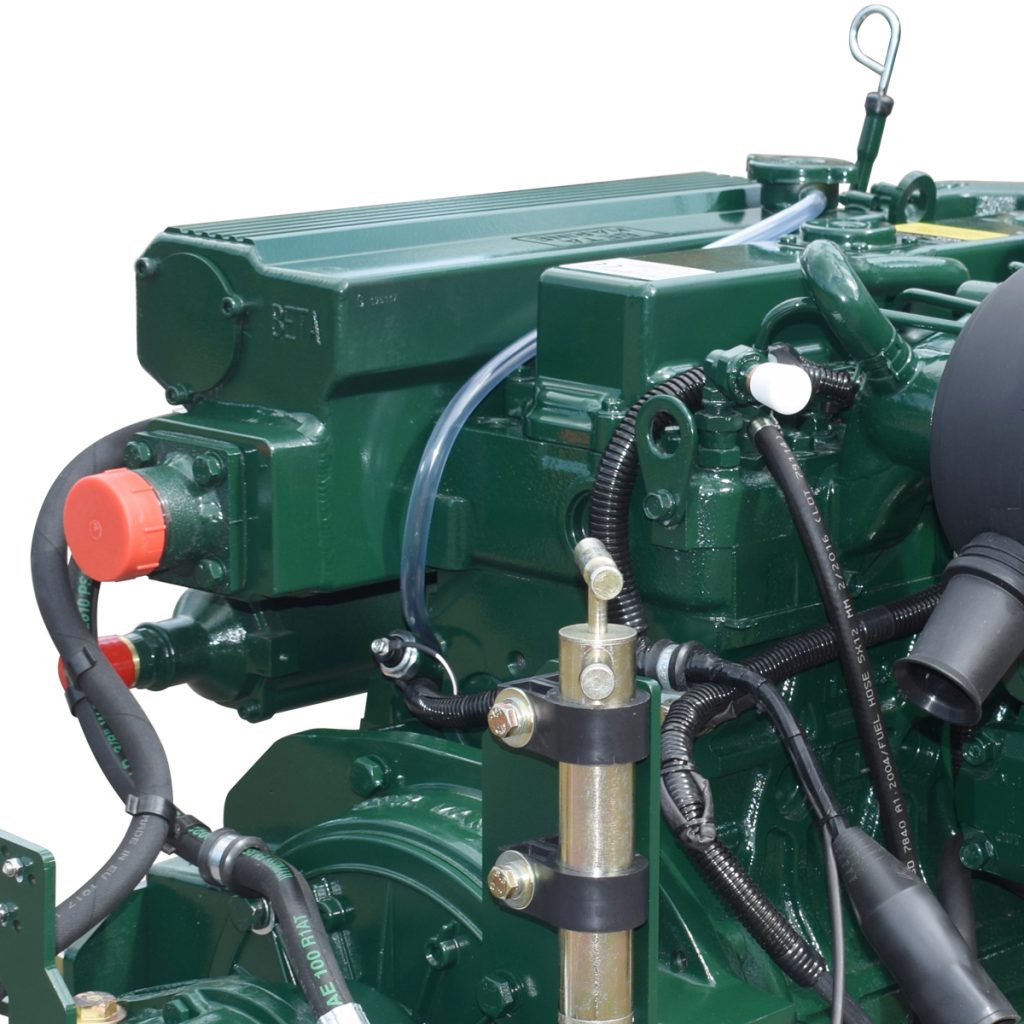Featured
Adding Water To Coolant Tank
Adding Water To Coolant Tank. You must not keep on adding coolant without flushing. Distilled water can work, but it is not ideal.

Without antifreeze, the vehicle’s engine is going to overheat. A bad radiator cap is a common cause of leaking overflow tanks. Water can be used as a coolant but it cannot protect your car’s engine.
I Also Use Distilled Water Whenever My Auto Batteries Need Water.
To make the evaporative cooler work, we need to put the water into the water tank and start the cool. The short answer is no, you can’t mix tap water with engine coolant. In the right mixture, water and coolant together perform far better than just running straight coolant, or only using water (more on that later).
Allow The Engine To Cool And Check The Coolant Overflow Reservoir Level.
The liquid inside will boil over and evaporate, forcing you to stop your vehicle so the motor can cool off. This small reservoir on the side of the radiator collects any fluid that spills out when the radiator overflows. Using waterless coolant changes the boiling point to 375°f or more.
Without Antifreeze, The Vehicle’s Engine Is Going To Overheat.
You must not keep on adding coolant without flushing. If you notice that your engine temperature is rising, you should pull over immediately. To keep from burning your hand, place a cloth over the cap after you raise the lever.
Excess Coolant Goes Into The Cooling System If The Cap Is Damaged, And Subsequently, The Overflow Tank Leaks.
Lift the lever on the safety cap to allow the pressure to escape. Your car should be cool to avoid severe scalding. We’ll get into more detail below.
How To Add More Radiator Fluid.
Most of the tap water has minerals, and it can leave deposits inside the radiator. Distilled water shouldn’t be the answer because it can still rust, corroding from tap, mineral, or water. In an emergency add as much water as required, but have the system drained and refilled as soon as possible.
Comments
Post a Comment